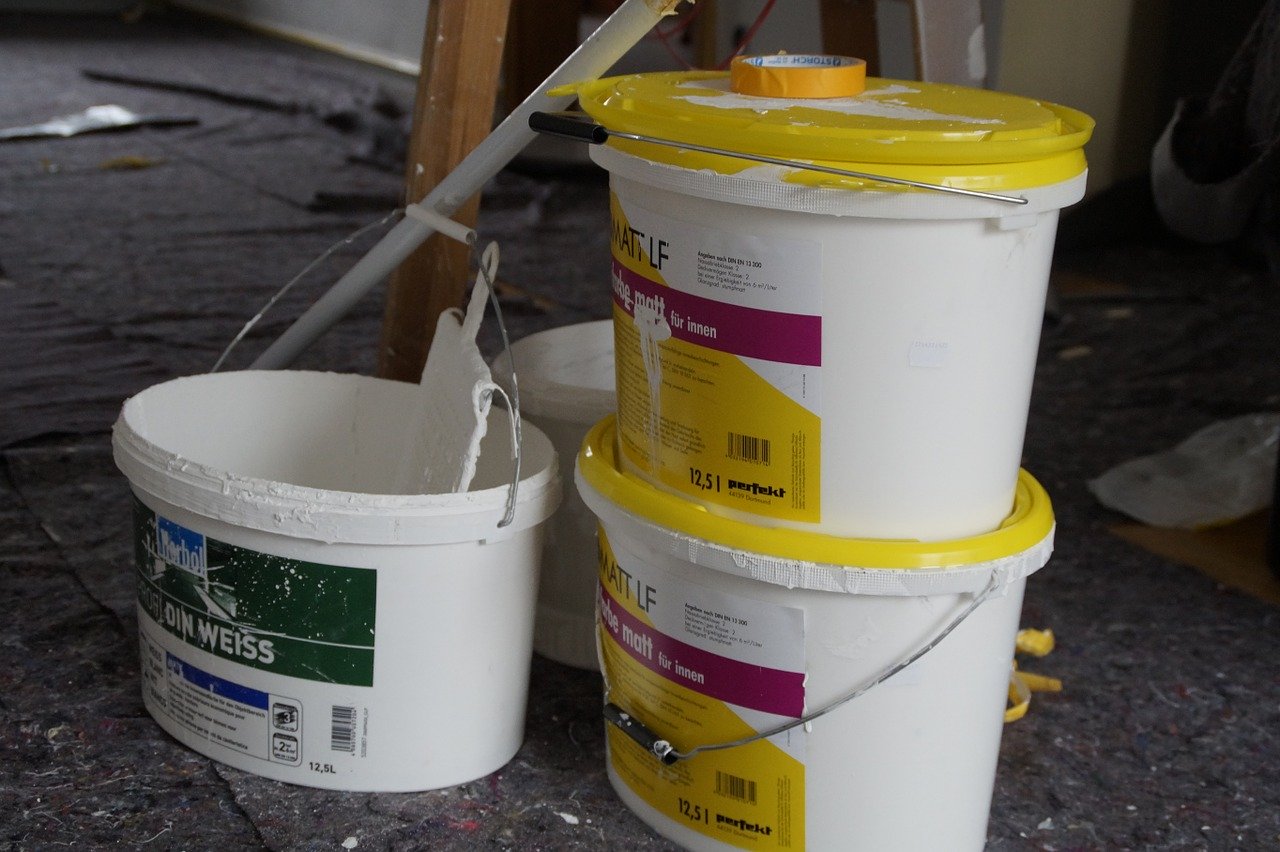How to Paint a Living Room | How Long It Takes & Costs
If you want a big, affordable knock-your-socks-off change to a living room, altering your walls’ color combo has a huge impact on a room’s entire mood.
But how long will it really take? How much work is involved? More importantly, how much cost is involved?
Picking a Color
Let’s start with an obvious choice: color. But just because it’s obvious doesn’t mean it’s easy! How do you pick a perfect shade? There are many to choose from!
Visit the store to pick up a lot of swatches. These will help you narrow selections. Once you have whittled down choices to two or three colors, have a salesperson mix sample colors for you. These small cans of paint usually cost a few dollars, but they cover enough area to really give you a feel of finished look.
If colors overwhelm you or you really can’t decide, many experts recommend keeping walls neutral, then adding color through easily-replaced accent pieces. Pillows, throws, and pictures can add living room pizzazz, but they can also be changed out immediately. This is helpful if you like seasonal decorating, or you like changing your living room color scheme often.
Also, considering adjoining spaces. Is your living room connected to kitchen or dining rooms? If those walls are in a clear sightline, you want to be sure colors you select don’t clash with those walls. Or making all walls within sight uniform in color will tie together a space instead.
Deciding on a Paint
Prices of a gallon vary widely depending on brand as well as quality. Generally you will pay between $15-$30 per gallon. How many gallons you need depends on the room size in addition to number of coats. A salesperson can tell you about how many square feet a certain brand will cover. An average 10×12 room usually takes 2 gallons.
Many brands now have primer included in them, which can save time & money, especially if you are using a lighter color over dark areas, like white over brown.
Paints come in different finishes as well. This affects how shiny they appear when dry.
- Matte finish is least expensive. It has a slightly textured look with no sheen. It’s great for really sunny rooms. But matte is not good for high-traffic areas. It shows damage and markings clearly.
- Eggshell has a slight sheen, but not a great deal. It works well in softly-lit rooms where a little reflection adds glow.
- Semi-Gloss is shinier than eggshell, drying with a hard finish. It’s easy to clean, so it’s a great choice for areas that may see dirt or scuff marks.
- High-gloss can be trickier to use but results may be worth it. It reflects a lot of light, but will also show any less-than-perfect areas clearly. Finishing a high-gloss project will take longer. It will take several coats, allowing long enough drying time between each coat. High gloss paints tend to be more expensive as well.
Getting Ready
Although you may be impatient to grab that roller, these prep-work ideas won’t take long. They will pay off with a quality finish later.
- Clean surfaces. Remove dust and old markings like crayons or stains. Sometimes a little light sanding helps with this. Consider covering these areas with a coat of primer before starting painting. That little extra coverage may help.
- Repair holes & dents. Fill nail holes and small divots with a spackling compound. Let it dry completely. Sand repaired areas smooth. Many people hope paint will cover nail holes, but generally they will still show. You are better off making walls as smooth as possible.
- Remove outlet & switch covers. Resist temptations to save time by painting around them. Your wall will appear more smooth and professional; your covers will remain cleaner.
- Use painter’s tape for edges. Like removing outlet covers, using painter’s tape along edges will give your work a clean look. Sloppy edges scream amateur DIY.
- Groove textured ceiling edges. What does this mean? If you have a textured ceiling, tape won’t hold well and it will be really difficult completing top edges without leave blobs of paint on the ceiling. A way to fix this: take a putty knife, holding it at a 45 degree angle against the wall. Pull it along the ceiling, scraping away a small line of texture. It won’t take long. This groove will keep the ceiling free of brush bristles splatter.
- Move furniture. Give yourself space for reaching all areas needed.
Painting (at last!)
Select a roller cover best suited to the type of paint you have chosen. Make sure paint is well-stirred then pour about ¼-1/2 inch. Roll the roller down into well of pan, coating it evenly. This will help when you put it on the wall.
You want a full (but not dripping) roller.
Use your dominant hand for rolling. There are a lot of different rolling techniques. One involves standing straight, feet shoulder width apart. Paint a big “M” w, then roll across “M” to fill in. This helps ensure even, complete coverage.
Chances are you will need two coats for an average living room. Let Coat 1 dry completely before starting Coat 2.
Video: How to paint a room
You can find basic painting tips are in the video below.
You are currently viewing a placeholder content from Youtube. To access the actual content, click the button below. Please note that doing so will share data with third-party providers.
Timing
Allowing drying time between coats, figure about 3 hours to finish a 10×12 room. Add extra time if you intend to do trim. Likewise, if you plan to paint the ceiling, a much bigger job, add at least 2 hours. Vaulted ceilings take even longer.
Budgeting
- So very loosely, here are average costs you are looking at:
- 2 gallons of paint @ $25 each = $50
- Roller, roller cover, & tray = $15
- Painter’s tape = $6
- Dropcloths = $5
- Spackling compound = $6
- Putty knife & sandpaper = $8
- TOTAL: $90 (roughly!)
So for around $100 and a few hours labor, you can transform a room from blah to show stopping.


